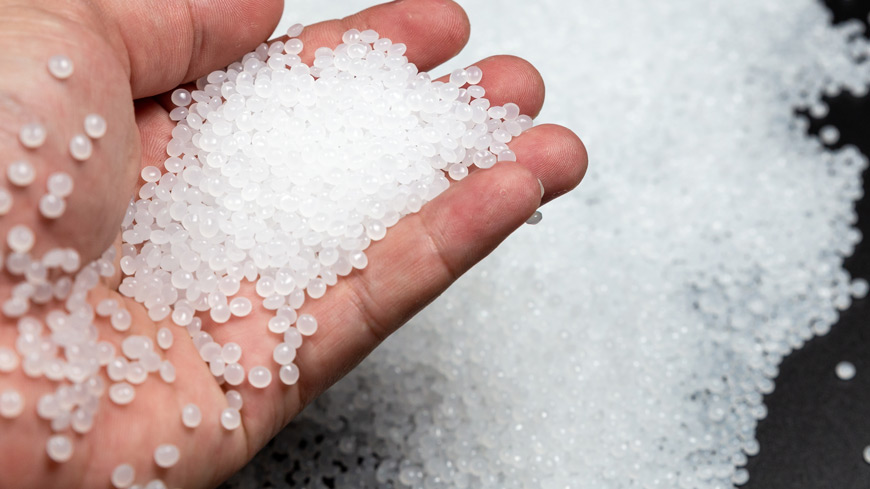With the implementation of the ICH Q3D guideline on elemental impurities, the control of elemental impurities has undergone a shift in paradigm, moving away from pure substance-based testing towards a holistic control strategy at the medicinal product level.
Parts of the Introduction and Scope of the ICH Q3D guideline are already reproduced in the European Pharmacopoeia (Ph. Eur.), in the general chapter on Elemental impurities (5.20). As this general chapter is referred to in the general monograph on Pharmaceutical preparations (2619), its requirements (as per the Ph. Eur. General Notices) are legally binding. These requirements cover extractable elements originating from plastic containers for pharmaceutical use and closures.
The plastics used in the manufacture of containers for pharmaceutical use (Ph. Eur. 3.1. Materials used for the manufacture of containers and subsections) are not directly within the scope of ICH Q3D and as such, are not covered by general chapter 5.20. Nevertheless, their quality has an impact on the final quality of the manufactured container as they are used as the material of construction.
ICH Q3D states that when a review of the materials of construction demonstrates that the container closure system does not contain elemental impurities, no additional risk assessment needs to be performed.
For these reasons, the experts of Ph. Eur. Group 16 have developed and validated a new state-of-the-art procedure to assess extractable elements in different plastic materials available on the European market.
The resulting draft chapter, Extractable elements in plastic materials for pharmaceutical use (2.4.35), intended to provide a framework for the assessment of extractable elements in different plastic materials, was published in Pharmeuropa twice (issues 32.2. and 32.3). Careful consideration was given to the numerous comments received during the public consultations and the general approach ahead was also discussed, both by the European Pharmacopoeia Commission (EPC) at several sessions and by Group 16. As a result, the revised text now covers only the analytical procedure for testing of extractable elements in plastic materials for pharmaceutical use. The initially proposed mandatory limits for extractable elements have been omitted from the final version. These limits will be provided as a recommendation in a new general text to be included in section 5 of the Ph. Eur. (general text 5.42).
The EPC adopted Extractable elements in plastic materials for pharmaceutical use (2.4.35) at its 178th session in March 2024, and the text will be published in Supplement 11.7 (September 2024).
References to this new general chapter will soon be included in general chapters for individual plastic materials, starting with Cyclo-olefin polymers (3.1.16), Cyclo-olefin copolymers (3.1.17) and Styrene block copolymers for containers and closures for parenteral preparations and ophthalmic preparations (3.1.18), all new texts.




